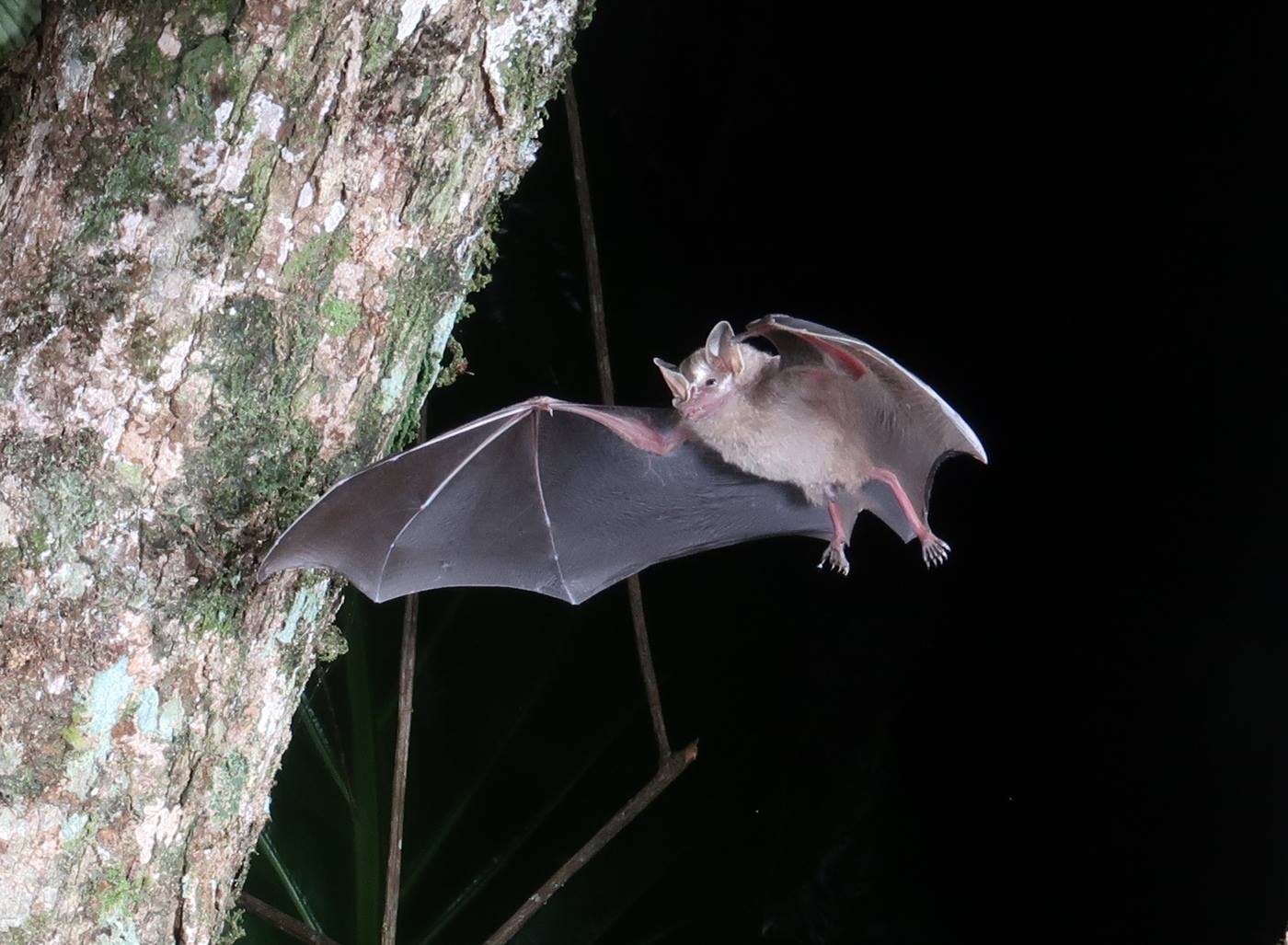
Special thanks to photographer extraordinaire Daniel Whitby for adjusting my camera settings and creating an incredible set! I still can’t believe that I was able to catch an image of this exquisite bat in flight!
In honor of International Bat Appreciation Day, I’m finally posting about my incredible trip to Panama! I have been fascinated by bats ever since I was a child and have dreamed of being able to study them in a real world setting. Last year I became aware of a bat survey being held in Panama and jumped at the chance to attend.
The expedition was being led by none other than Merlin Tuttle, a world famous ecologist who quite literally wrote the book on bats. The trip was co-led by Daniel Hargreaves, an extremely knowledgable conservationist from the U.K. Our team conducted a survey in the Mamoni Valley of Central Panama, a biodiversity hot spot teeming with life. We stayed at the gorgeous Cocobolo Nature Reserve which covers 1,100 acres of lush rainforest. Over the course of a week, we studied 367 bats, which translated to 46 species.
I cannot begin to express what an amazing experience this was and I look forward to participating in more field work in the future. I also spent a day exploring Panama City before heading out to Cocobolo Nature Reserve and have included images from that location as well. There are a few photos of me taken by others where I was not sure who to credit; my apologies. To learn more about the amazing world of bats, please swing by www.merlintuttle.com!

While visiting Panama, I fell in love with Casco Viejo’s historic buildings.

I spent some quality time with this little Pygmy Fruit-eating Bat (Artibeus phaeotis).

Cocobolo field station.

Nighttime in the cloud forest felt like magic.

This identification guide was an invaluable tool for studying bats in Panama. The species list is very expansive and the devil really is in the details!

Scenic photo from the first night we set up mist nets in the river. This is shortly before I stepped into deeper water, which resulted in my boots becoming completely flooded. This process would repeat for another night or two, and each time, I was amazed that the water could outsmart me so easily. I eventually just accepted my fate and embraced the experience. The jungle is no place for divas!

Look closely and you will spot an adorable White-throated Round-eared Bat (Lophostoma silvicolum). These bats are especially fascinating because they roost inside of termite nests!

The data collected while studying bats is recorded on a processing sheet. This information helps conservationists better understand bats, which aids in protecting them.

This little guy was swimming with us while we were netting in the river one night. Cheers to Alex Shepack for bringing him to the field station so that we could admire him!

Panama City skyline.

Check out this sleeping bat silhouette! Some bat species construct “tents” from leaves by nibbling on them until they fold. Once modified, the leaf can serve as a shelter, which offers protection from harsh elements and predators.

I absolutely loved working outdoors and becoming familiar with the sights, sounds, and hidden mysteries of the rainforest. It’s awesome how alive the jungle becomes at night! I learned so much from the people in my group and will always be grateful to them for their camaraderie, patience, and impeccable instruction.

Look at the ears on this charming Lophostoma silvicolum!